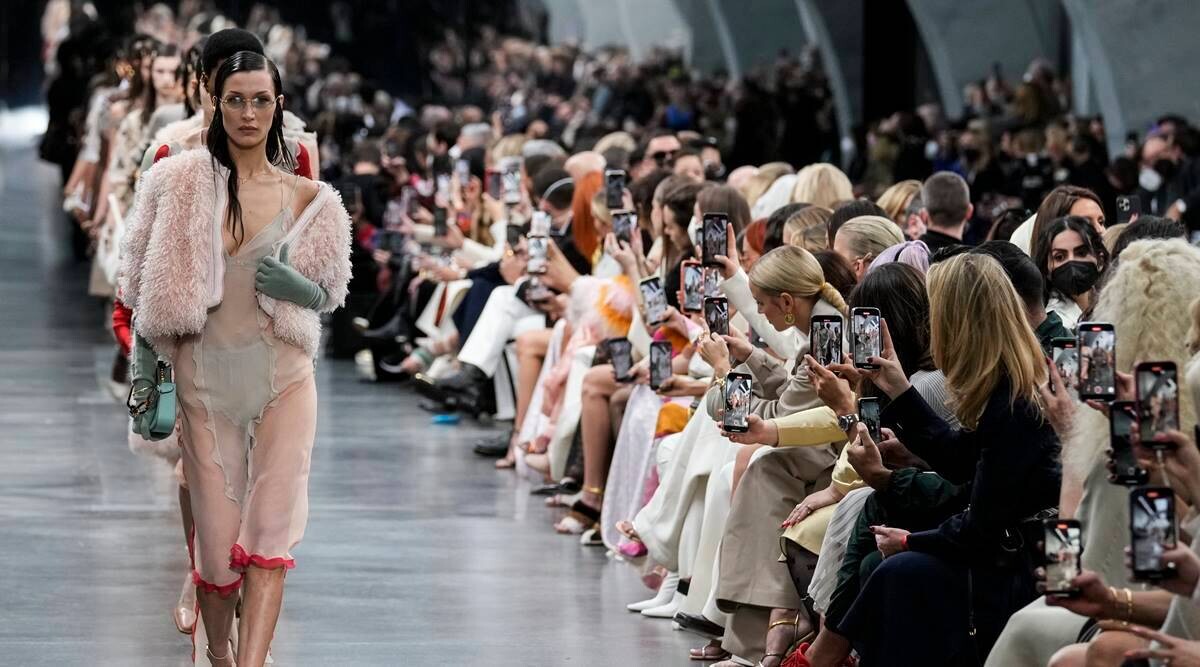Introduction
https://quillbylinks.com/ Have you ever noticed how video games and fashion have started to walk hand in hand? From the stunning outfits of game characters to the chic virtual fashion shows, the line between these two worlds is blurring. This fascinating fusion is not just about aesthetics; it’s reshaping cultures, industries, and even our daily lives. So, let’s dive into how fashion and gaming are creating a trendy and immersive universe together.
The Evolution of Fashion in Gaming
Once upon a time, video game characters wore simple, pixelated outfits. Think about Mario’s iconic overalls or Pac-Man’s classic simplicity. But as technology evolved, so did the fashion in games. Now, we have intricately designed costumes in games like “Final Fantasy” and “The Witcher,” where clothing is as detailed as any high-end fashion piece. These virtual wardrobes are no longer just part of the backdrop; they’re pivotal in storytelling and character development.
Influence of Gaming on Fashion Trends
Cosplay, where fans dress up as their favorite game characters, has moved from niche conventions to mainstream runways. Fashion designers are tapping into this trend, creating collections inspired by games. For instance, Louis Vuitton collaborated with “League of Legends” to design skins (outfits for characters) and a physical fashion line. This synergy is not just limited to special events; it’s influencing everyday streetwear and high fashion alike.
Fashion Brands Venturing into Gaming
Major fashion houses are not just observing from the sidelines; they’re diving into the gaming world. Brands like Gucci, Balenciaga, and Nike are creating in-game clothing and accessories. These virtual items often become status symbols, just like their real-world counterparts. One standout case is the Balenciaga and Fortnite collaboration, where players could dress their avatars in exclusive Balenciaga gear, blurring the lines between virtual and physical fashion.
Virtual Fashion Shows and Gaming Platforms
The COVID-19 pandemic pushed many industries to go virtual, and fashion was no exception. Virtual fashion shows, hosted on gaming platforms like Animal Crossing and Roblox, became a new norm. Designers showcased their latest collections to millions of players, offering an interactive experience that traditional runways couldn’t match. This shift not only kept the fashion industry alive during tough times but also opened new avenues for creativity and audience engagement.
The Role of Technology in Fashion and Gaming
Technology is the backbone of this fusion. Augmented Reality (AR) and Virtual Reality (VR) are transforming how we experience fashion in games. Imagine trying on a virtual outfit in a game before buying it in real life! Digital fashion, enhanced by blockchain technology, introduces NFTs (Non-Fungible Tokens), allowing users to own unique virtual garments. These advancements are not just cool; they’re redefining ownership and fashion consumption.
Character Design and Fashion
In video games, what characters wear can be as significant as their abilities or backstory. Iconic outfits like Lara Croft’s tank top and shorts or the elaborate armor in “World of Warcraft” are etched into gaming history. These designs often inspire real-world fashion, demonstrating the powerful influence of gaming aesthetics. Developers meticulously craft these outfits, understanding that fashion in games can enhance player immersion and connection to the character.
Esports and Fashion
Esports, competitive gaming at a professional level, has its own unique fashion culture. Players and teams have custom jerseys, often sponsored by big brands, which are sold as merchandise to fans. This blend of sportswear and streetwear influences trends and creates a strong brand identity. The fashion in esports isn’t just about looking good; it’s about fostering a sense of community and belonging among fans.
Sustainability in Fashion and Gaming
Sustainability is a hot topic in both industries. Fashion is notorious for its environmental impact, but gaming can offer solutions. Virtual fashion reduces the need for physical production, lowering the carbon footprint. Some brands are even using games to promote sustainable practices, educating players on eco-friendly choices. This partnership could lead to a greener future for both fields.
The Future of Fashion and Games
Looking ahead, the collaboration between fashion and games shows no signs of slowing down. With advancements in AI and machine learning, we can expect more personalized and interactive fashion experiences in games. Virtual reality fashion shows might become commonplace, and augmented reality could make trying on clothes in a game as real as in a store. The possibilities are endless, promising an exciting future for fashion enthusiasts and gamers alike.
Challenges and Controversies
However, this fusion is not without its challenges. Issues of inclusivity and diversity often arise, as both industries have struggled with representation. Intellectual property concerns also surface, especially when it comes to digital designs and NFTs. Addressing these issues is crucial to ensure that the fusion of fashion and gaming benefits everyone.
The Community Aspect
Online communities play a significant role in shaping trends. Platforms like Twitch and Discord allow fashion-forward gamers to share their styles and inspire others. User-generated content, such as fan art and custom outfits, adds to the richness of this culture. These communities are not just consumers; they are creators, driving innovation and trends from the ground up.
The Business of Fashion and Gaming
The economic impact of this fusion is substantial. In-game purchases, digital fashion sales, and branded collaborations generate significant revenue. Marketing strategies often include influencer partnerships and social media campaigns, targeting the vast and diverse gaming audience. This synergy creates a lucrative market that benefits both industries.
Fashion Influencers and Gamers
Influencers are the bridge between fashion and gaming. Personalities like Pokimane and Ninja sport exclusive gaming merchandise and collaborate with fashion brands, setting trends for millions of followers. These influencers bring authenticity and relatability, making the fusion of fashion and gaming more accessible to a broader audience.
Conclusion
The blending of fashion and gaming is more than just a trend; it’s a cultural phenomenon that continues to evolve. From in-game wardrobes to virtual fashion shows, this fusion offers endless possibilities for creativity and innovation. As technology advances and industries collaborate, the future looks bright for this stylish and immersive partnership.

